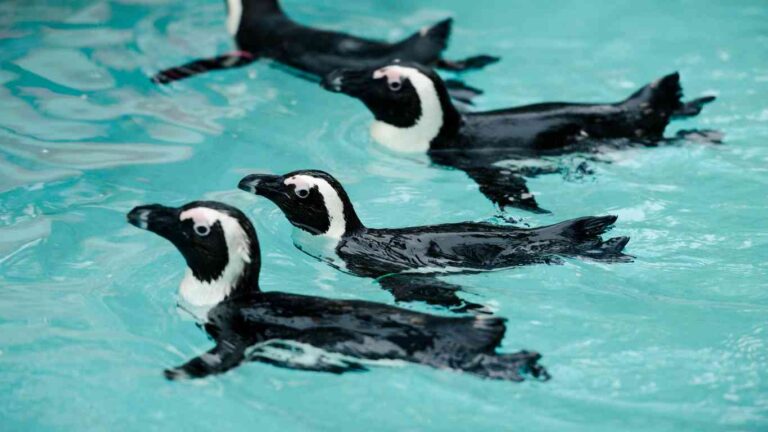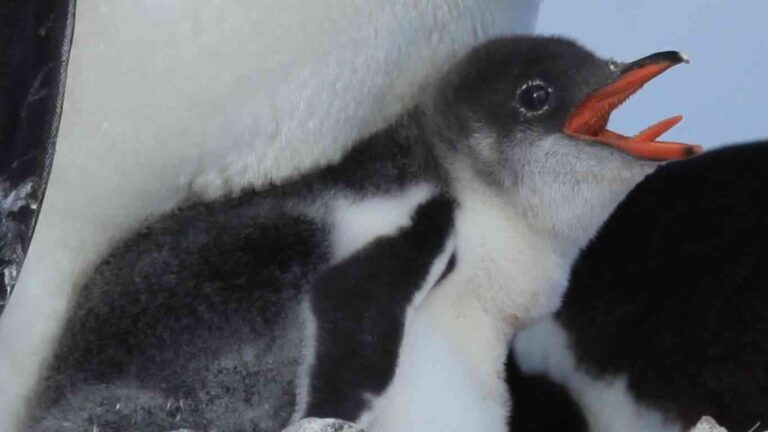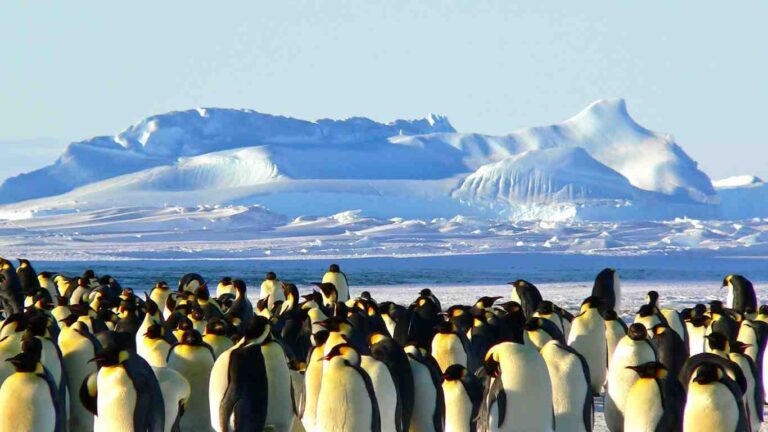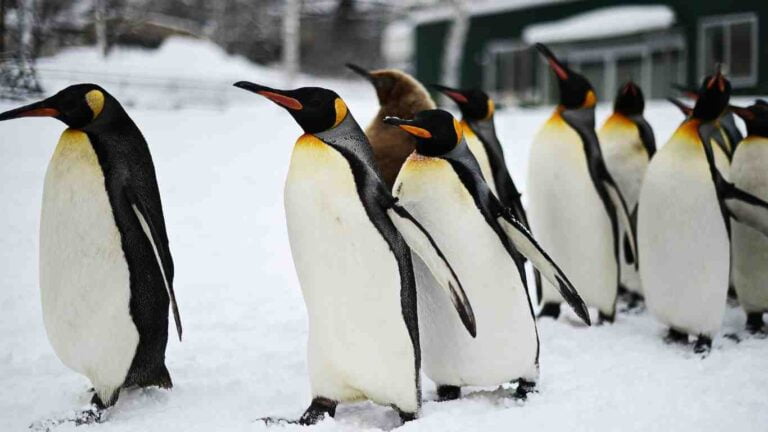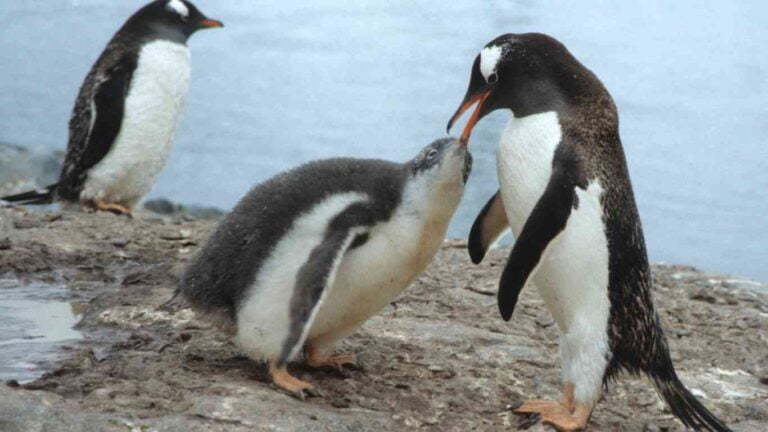Why Do Penguins Walk with a Waddle?
Ever watched a penguin waddle and wondered why these adorable birds move in such a peculiar way? Penguins have captivated onlookers with their distinct waddle, a movement that can seem comical but serves a purpose for survival.
Why Do Penguins Waddle?
Penguins waddle because their upright posture and short legs shift their center of gravity, helping them conserve energy while moving despite being built for swimming.
Penguins, as birds, are unique in many ways. Unlike their flying relatives, penguins are birds adapted to marine life.
Their bodies have evolved to be more aerodynamic for swimming than for flying. The same adaptations that make them astounding swimmers contribute to their distinctive waddle on land.
The anatomy of a penguin is specially tailored to life in the water. Their legs are set far back on their bodies.
This positioning is optimal for propelling themselves through water but presents a challenge on land.
As a result of their rear-set legs, penguins can’t walk as other birds do. Instead, they waddle, which is their way of walking while maintaining balance.
A big factor in penguin waddling is their body shape. Their sleek, torpedo-like form is perfect for gliding underwater but translates to a top heavy physique on land.
Their dense bones, built to withstand pressure when diving deep underwater, make them heavier. This additional weight has to be carefully balanced, and waddling helps distribute it.
Despite how it looks, the waddle is not inefficient. Researchers have found that penguins waddle to conserve energy.
Each waddle is actually a controlled fall, and as the penguin tips from side to side, they harness the momentum to move forward.
So, instead of simply amusing us, their waddle is a strategic energy-saving method.
Penguins also have short and sturdy legs, with strong muscles in the upper legs. These muscles are perfect for jumping out of the water and onto the ice, but they don’t provide the same endurance for long-distance walking.
The waddle, meanwhile, allows these muscles to shift the penguins’ center of gravity from one leg to the other without the birds losing stability.
In addition to being an energy-efficient way of walking, the penguin’s waddle serves as a way to navigate the rugged, icy terrains they commonly traverse.
The side-to-side motion can help penguins keep their balance on slippery ice and prevent falls that could lead to injury.
Their walking terrain in the wild can also be a factor in why waddling is advantageous. Big, flat feet and the sturdy stance assist penguins when they climb over rocky shorelines or across ice sheets.
Another interesting aspect of penguins’ locomotion is what happens once they’re already on the move. Unlike many animals, penguins often travel vast distances by tobogganing.
They’ll lie on their bellies and push forward with their feet, sometimes using their flippers for extra speed.
This is especially true for species like the Emperor Penguin, which may travel miles in this manner, conserving energy in the vast expanse of the Antarctic.
(Featured image by Taryn Elliott)


